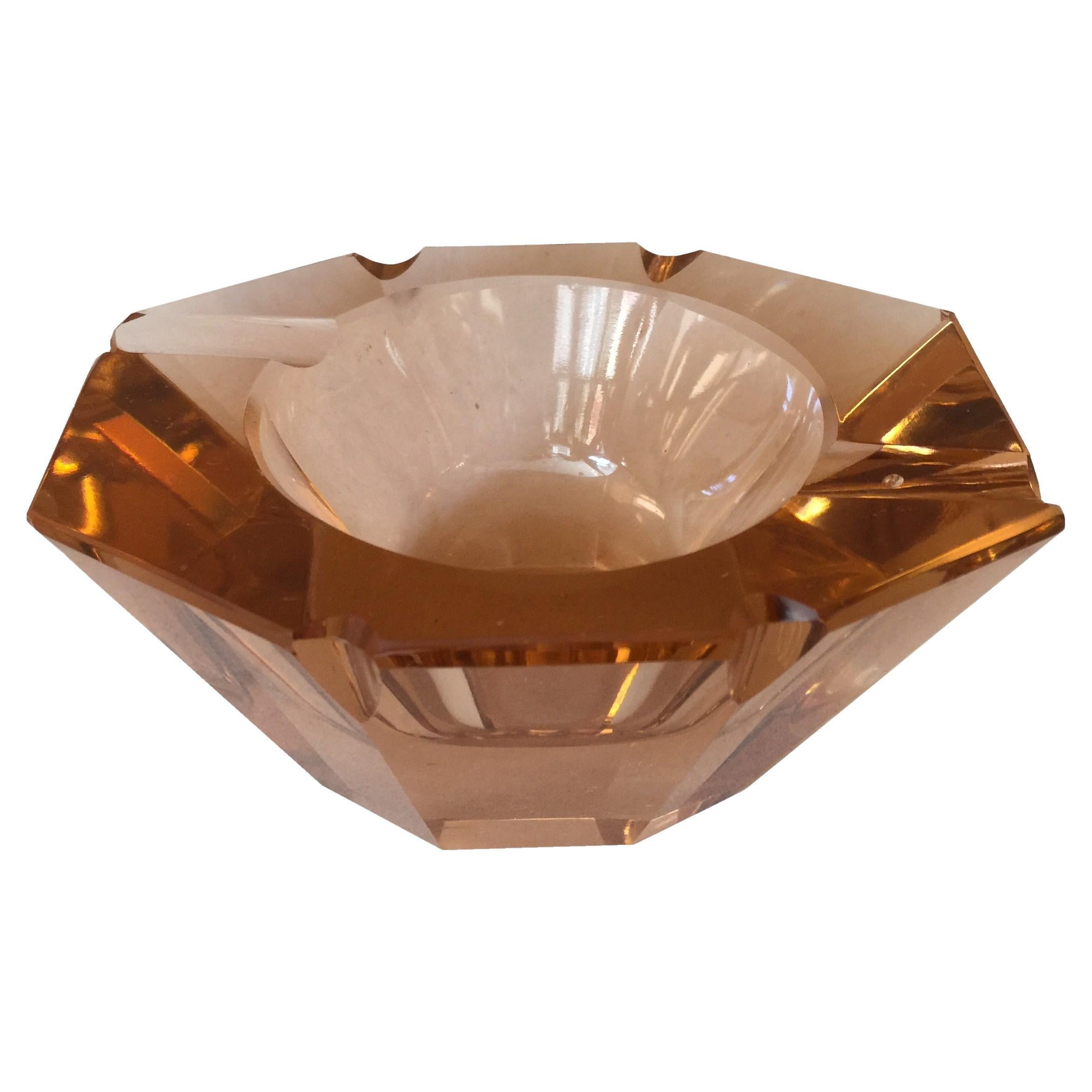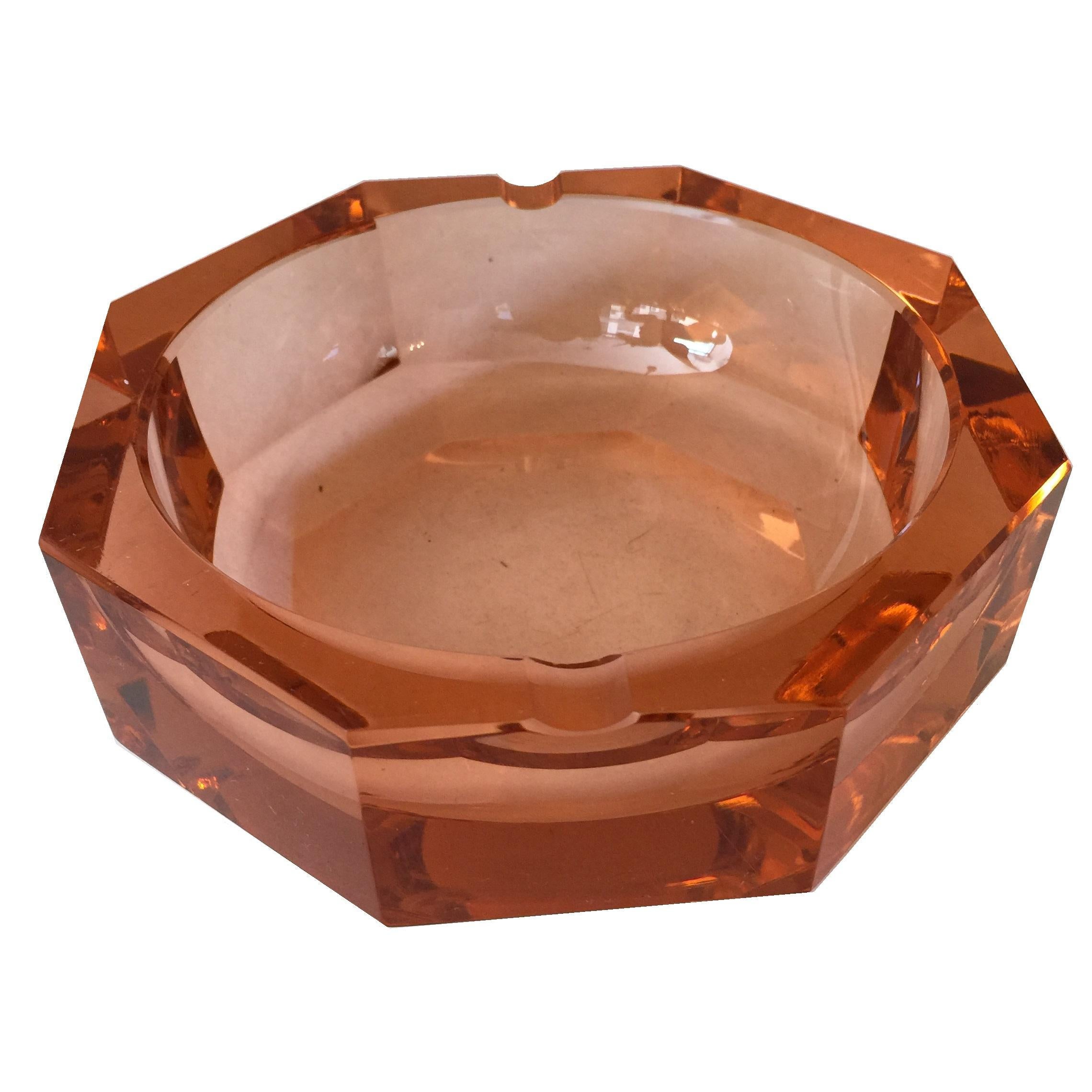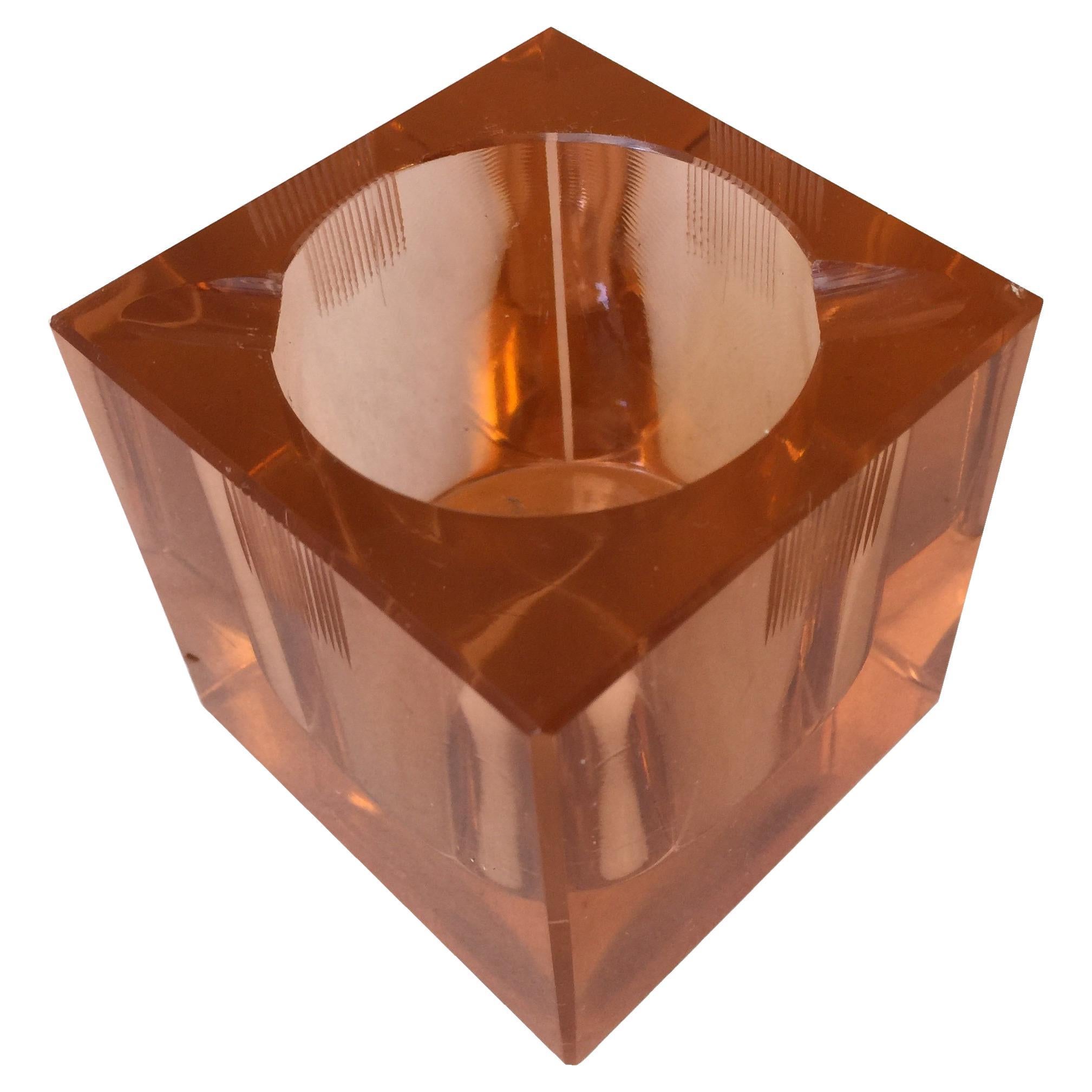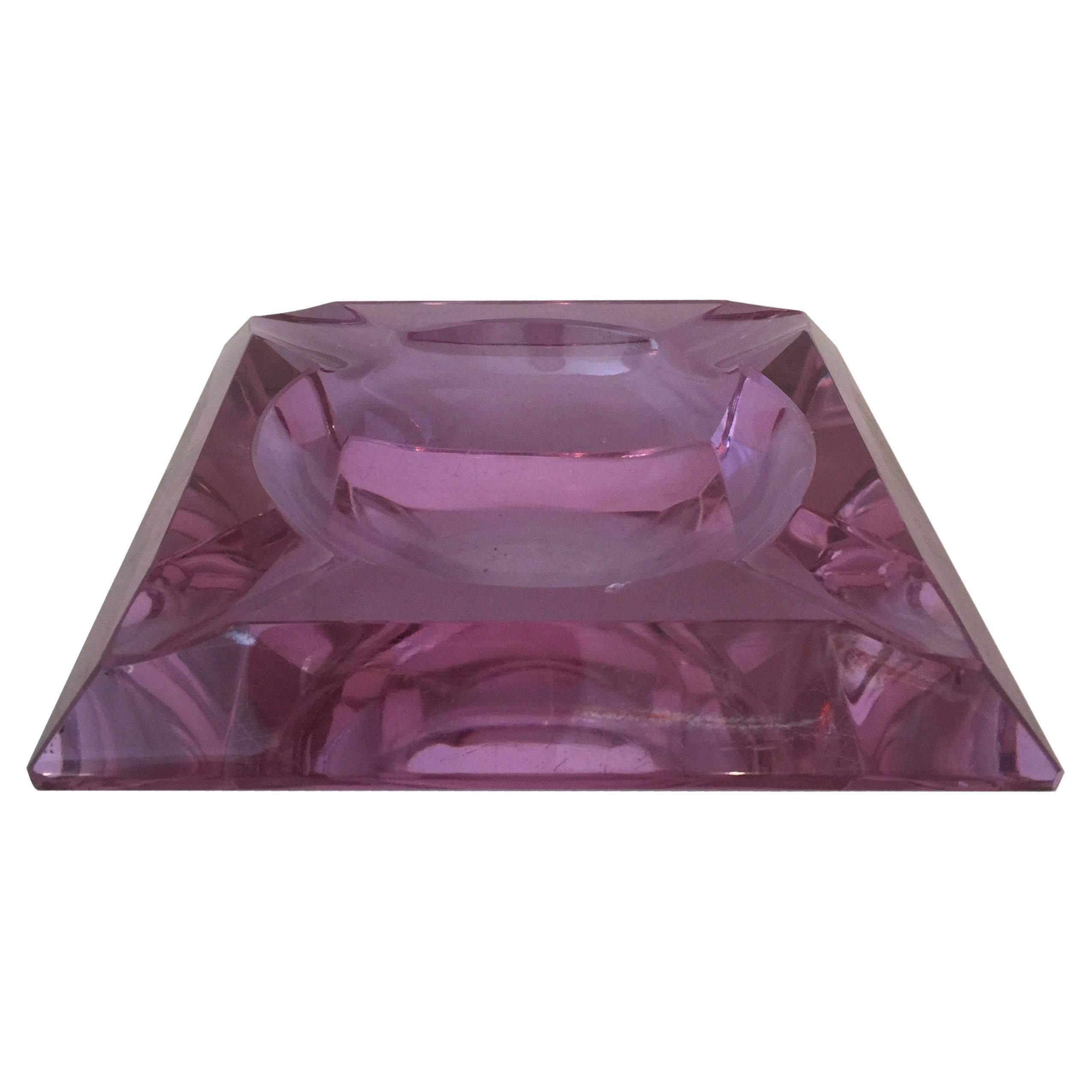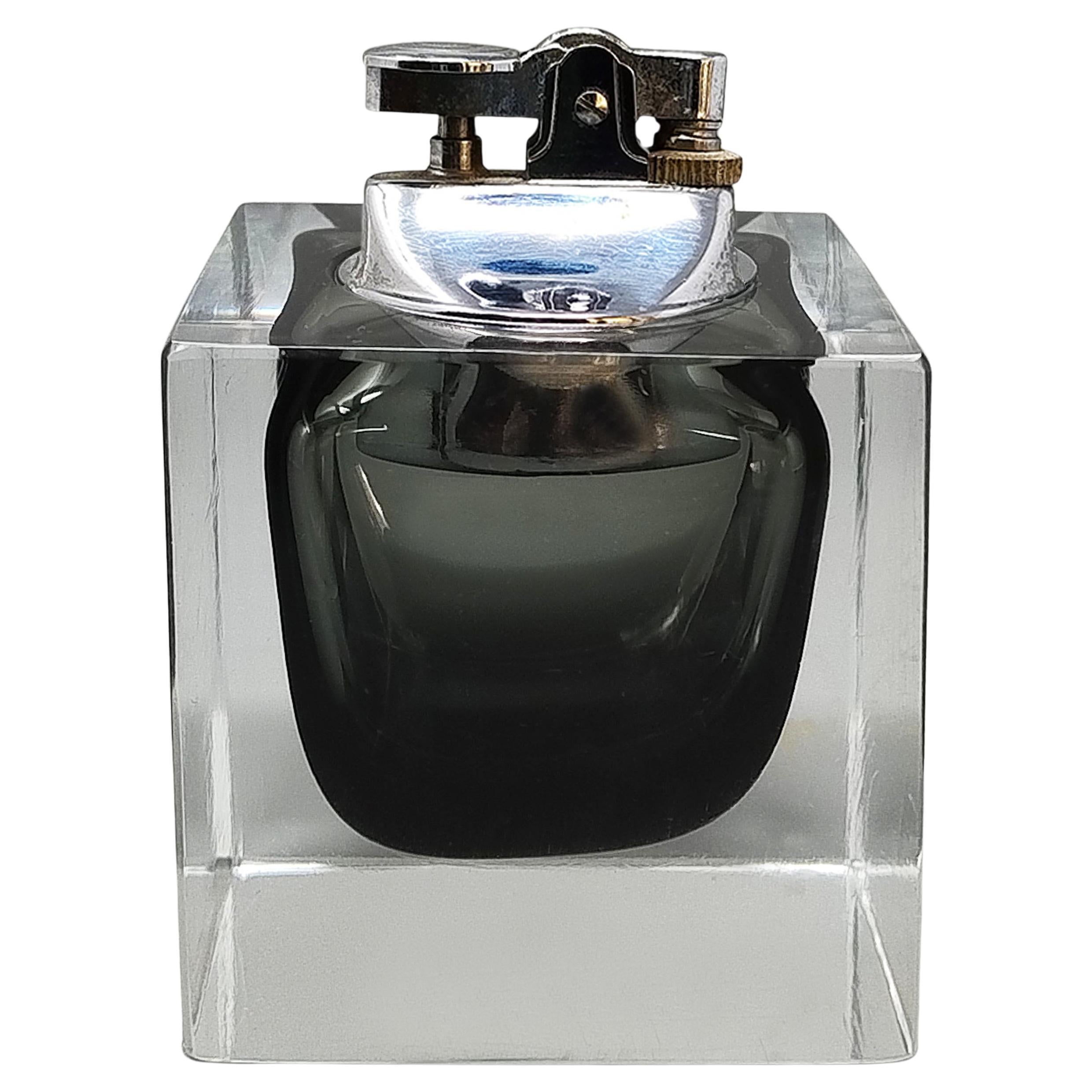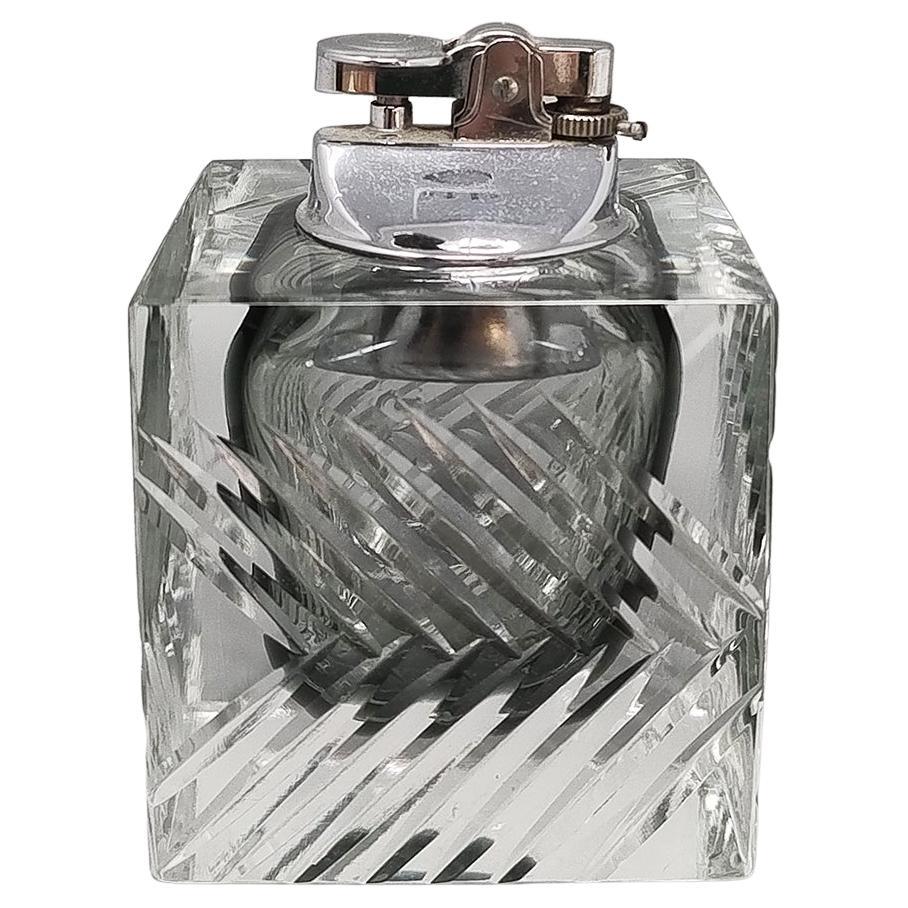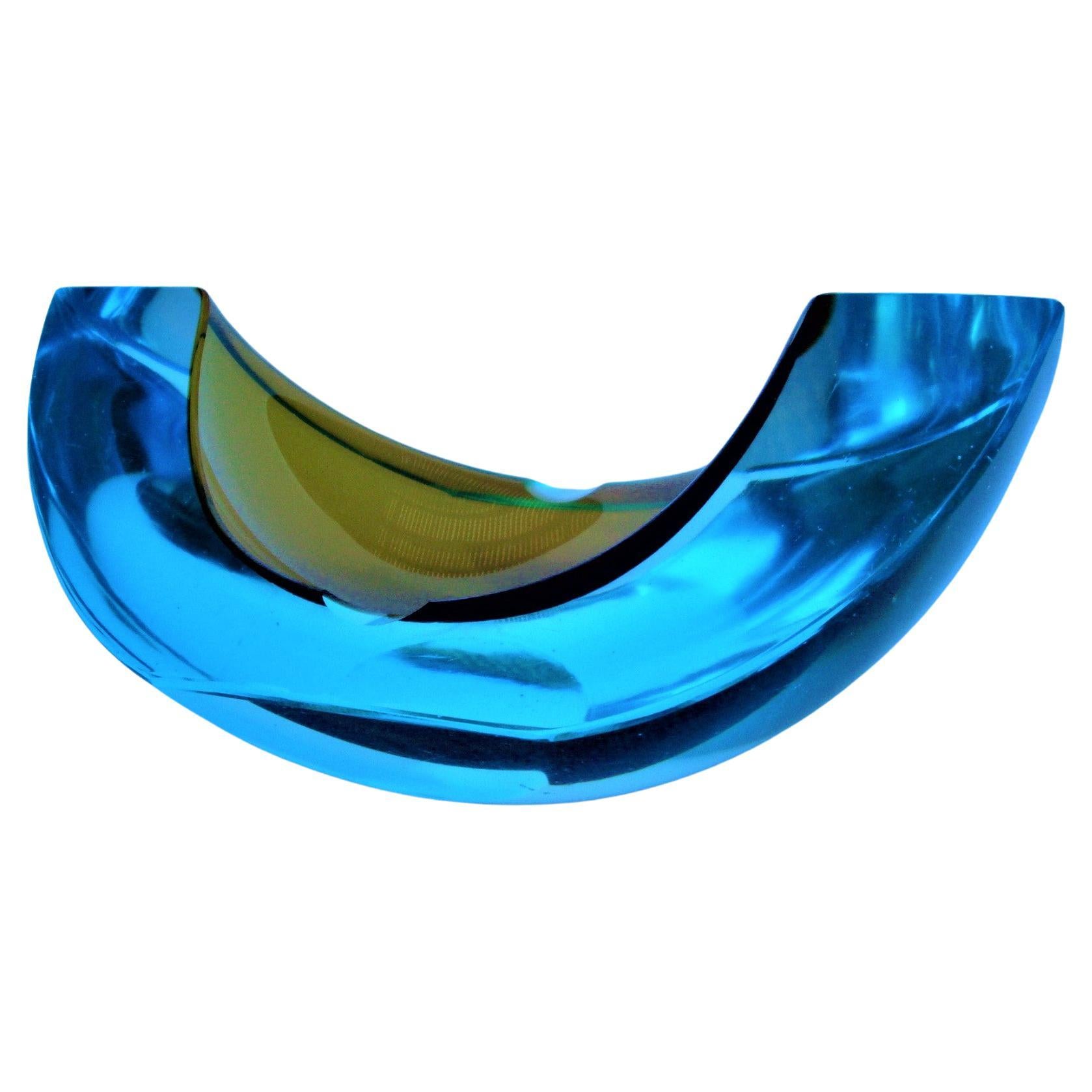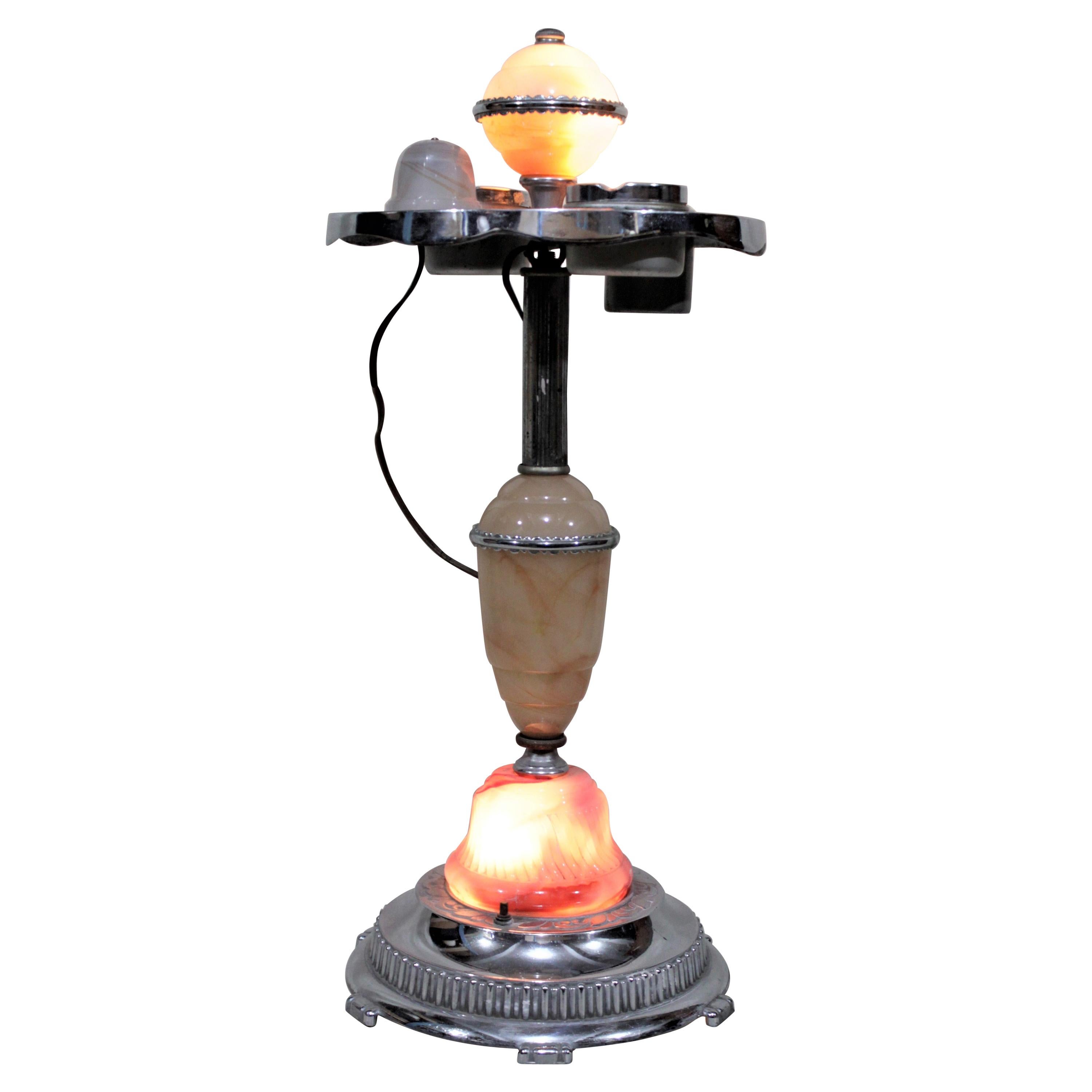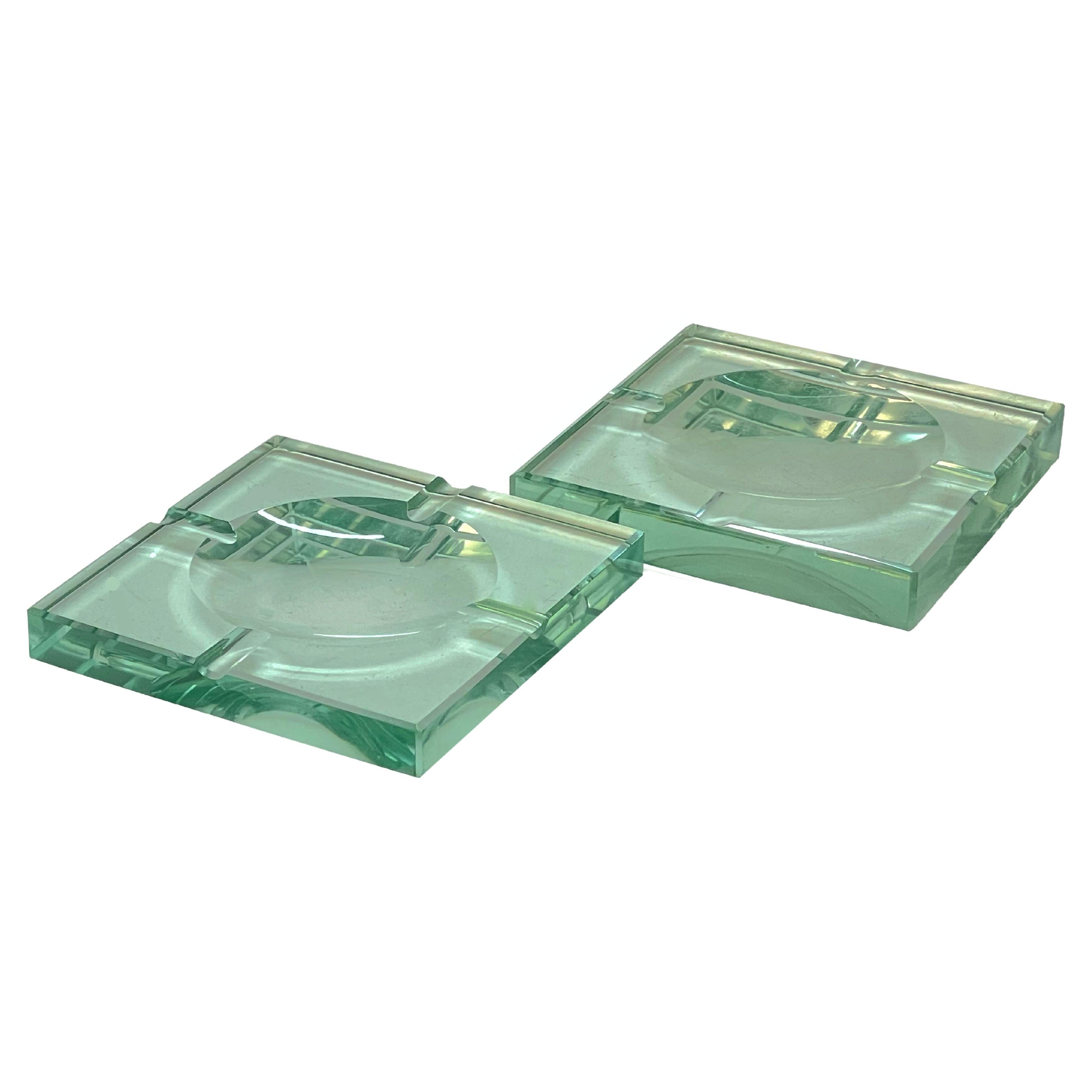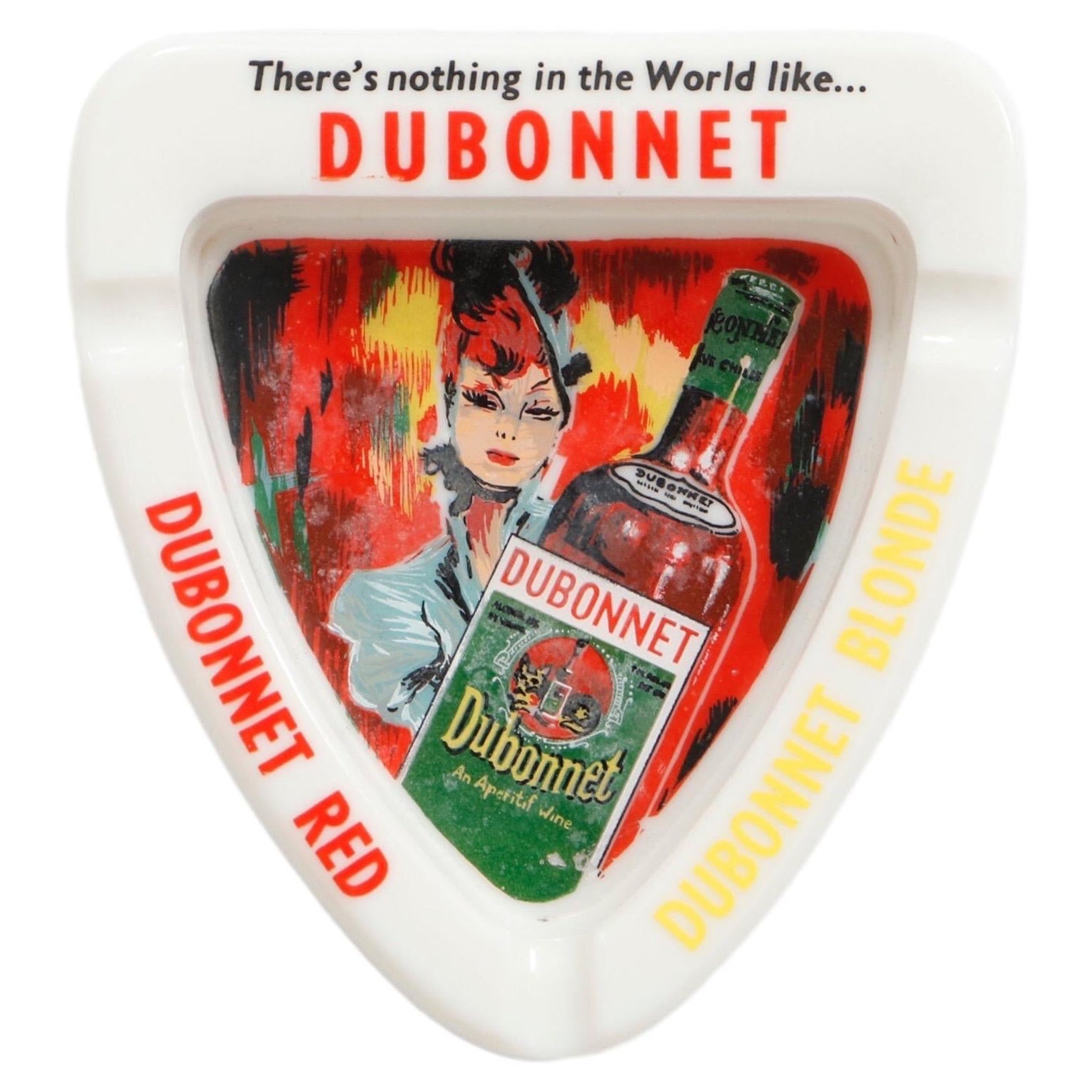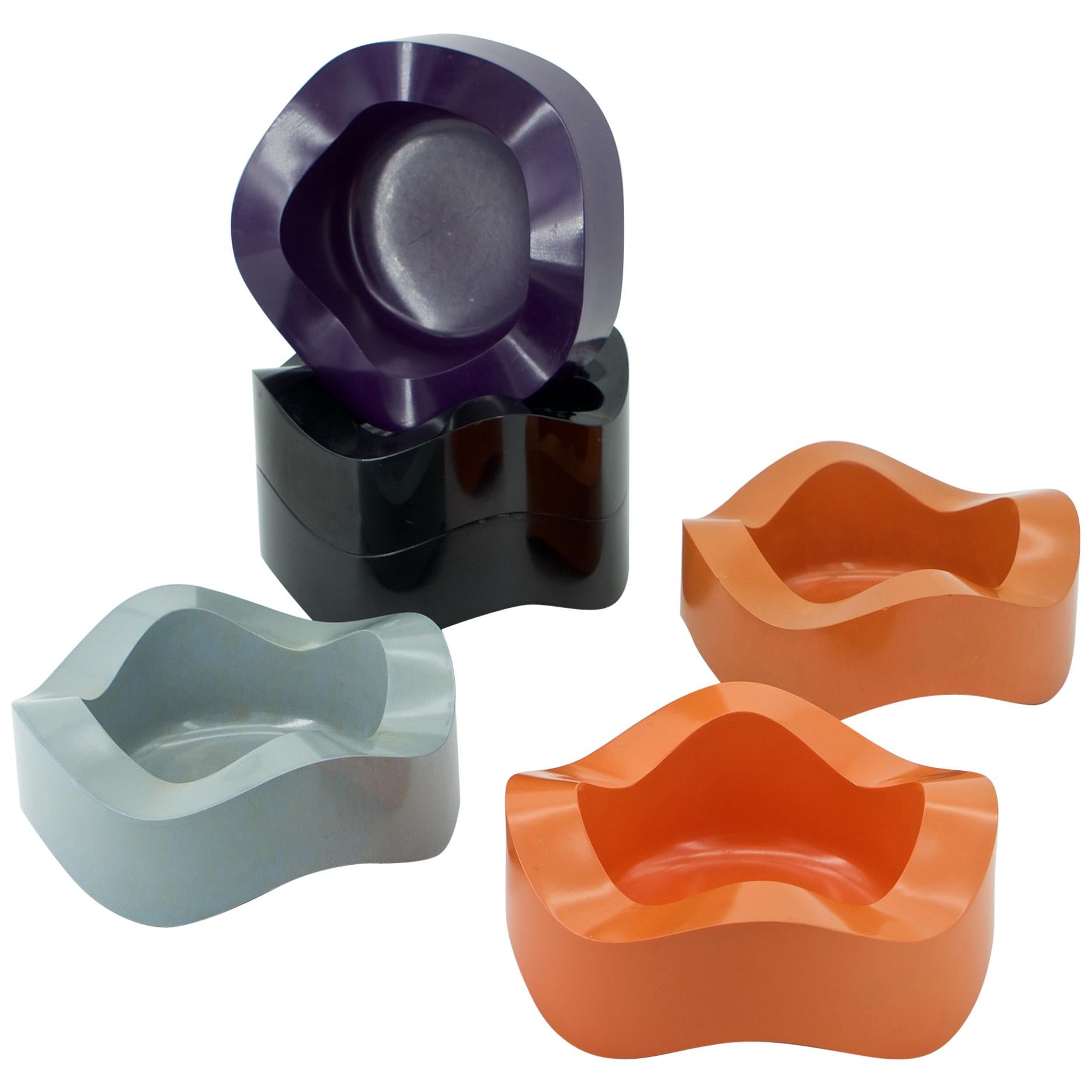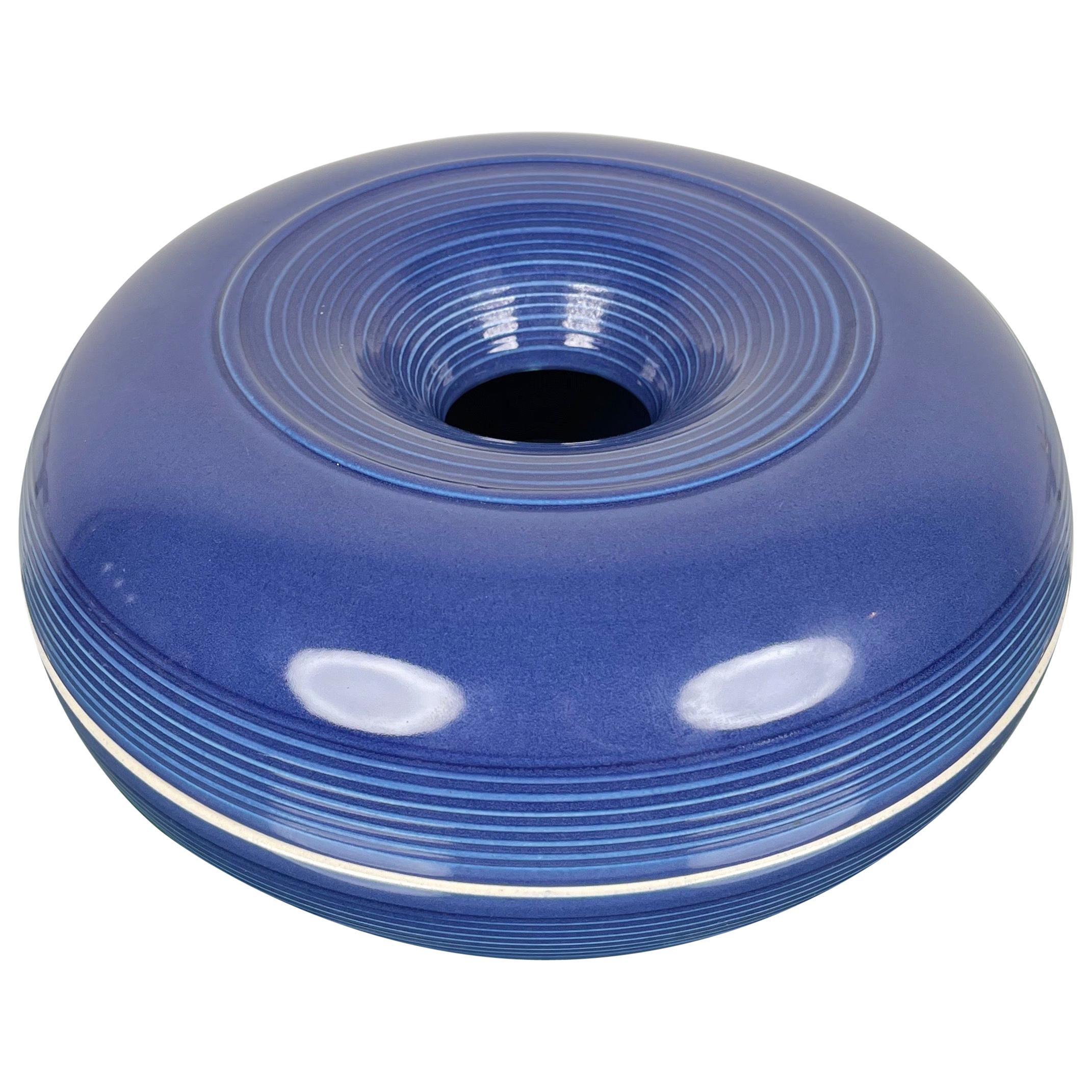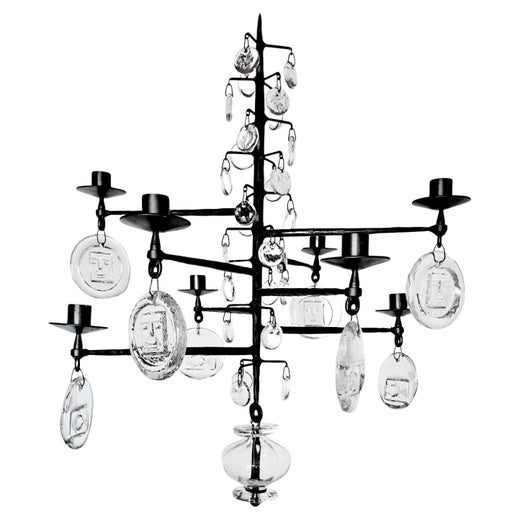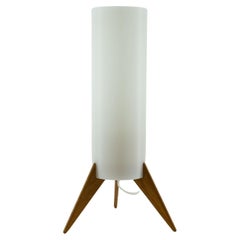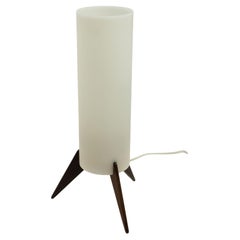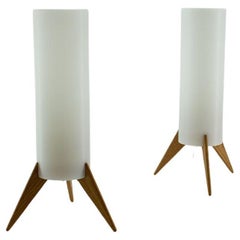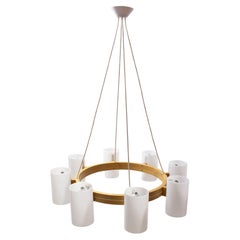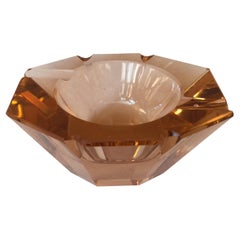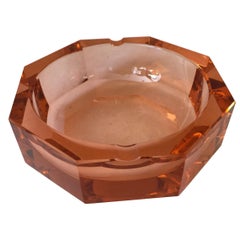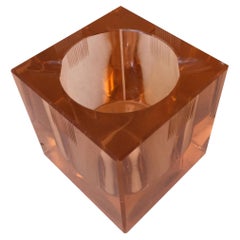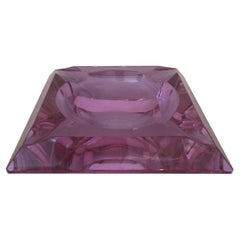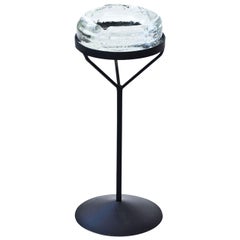
Crystal Glass Ashtray with Iron Stand by Erik Höglund for Boda, Sweden, 1960s
View Similar Items
Crystal Glass Ashtray with Iron Stand by Erik Höglund for Boda, Sweden, 1960s
About the Item
- Creator:Erik Höglund (Designer),Boda (Maker)
- Dimensions:Height: 15.36 in (39 cm)Diameter: 6.3 in (16 cm)
- Style:Scandinavian Modern (Of the Period)
- Materials and Techniques:
- Place of Origin:
- Period:
- Date of Manufacture:circa 1960
- Condition:Refinished. Wear consistent with age and use. Refinishing of the iron stand.
- Seller Location:Stockholm, SE
- Reference Number:Seller: VA — 0961stDibs: LU2889322510242
Erik Höglund
Swedish glass master Erik Höglund reveled in unconventional techniques and practices — the Karlskrona native once drove glassblower Ruben Hjelm out of a studio at Boda after mixing potatoes into a crucible of molten glass to determine if he could generate bubbles in the finished object. Höglund always walked his own path, and his individuality and creative spirit defines the range of decorative objects, lighting fixtures and other works in glass that he created over the years.
Höglund was born in 1932 and studied drawing and sculpting at the Swedish School of Arts. Despite his limited experience with glass, Höglund joined Boda Glassworks when the manufacturer reached out to the school for the services of a young glass artist. He taught himself how to blow glass at night and found inspiration on travels through Europe as well as in his everyday life, creating sculptures that boasted exquisite color pairings and subdued, streamlined forms. He worked at Boda for 20 years.
The Swedish National Museum purchased Höglund’s early works for an exhibition of Swedish glass art, and in 1957, Höglund’s stunning and expressive objects and sculptures earned the Danish Lunning Prize — the highest honor for an up-and-coming Scandinavian artist. He garnered international acclaim and his colorful iron and glass candleholders, candelabras and vases went on display in New York City. His work is held in the collections of the Blekinge Museum, the National Museum of Stockholm and the Cooper Hewitt, Smithsonian Design Museum.
Höglund left Boda in 1973 to establish his own smithery. He returned to glass design in the subsequent years, when the legendary innovator created richly colored and provocative works for Pukeberg, Åhus, Nový Bor and other manufacturers.
On 1stDibs, find a collection of Erik Höglund decorative objects, lighting and dinnerware.
More From This Seller
View AllMid-20th Century Swedish Scandinavian Modern Table Lamps
Acrylic, Oak
Mid-20th Century Swedish Scandinavian Modern Table Lamps
Acrylic, Wood
Mid-20th Century Swedish Scandinavian Modern Table Lamps
Acrylic, Oak
Mid-20th Century Swedish Scandinavian Modern Chandeliers and Pendants
Acrylic, Oak
Mid-20th Century Swedish Scandinavian Modern Coffee and Cocktail Tables
Brass
Mid-20th Century Swedish Scandinavian Modern Sideboards
Teak
You May Also Like
Vintage 1950s Italian Space Age Ashtrays
Crystal
Vintage 1950s Italian Space Age Ashtrays
Crystal
Vintage 1950s Italian Space Age Ashtrays
Crystal
Vintage 1930s French Art Deco Ashtrays
Crystal
Vintage 1960s Italian Mid-Century Modern Tobacco Accessories
Murano Glass
Vintage 1960s Italian Mid-Century Modern Tobacco Accessories
Murano Glass
